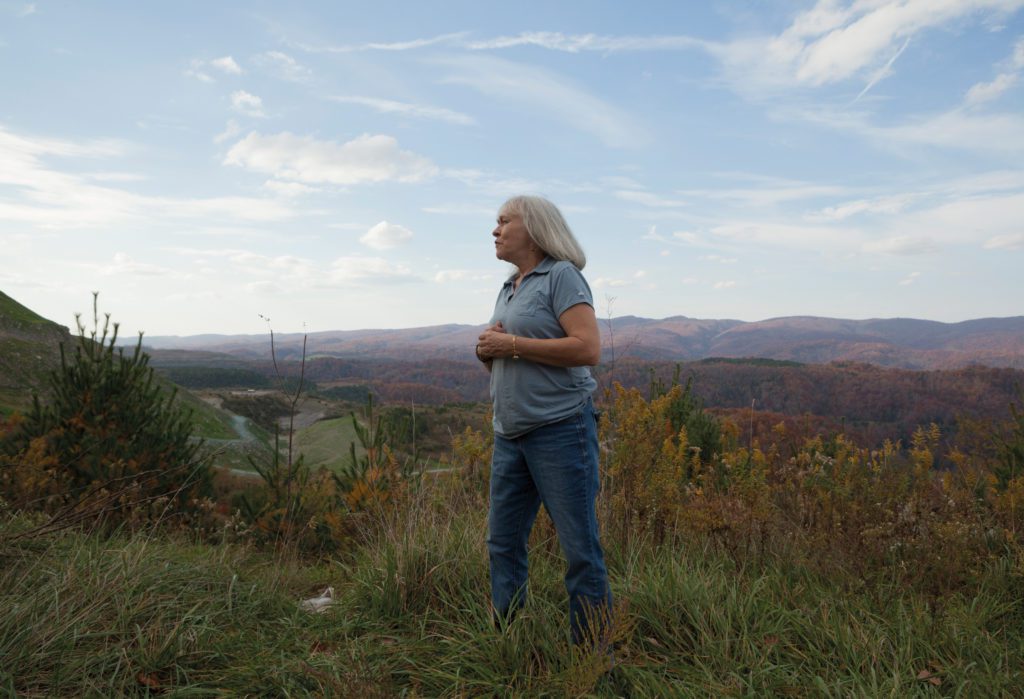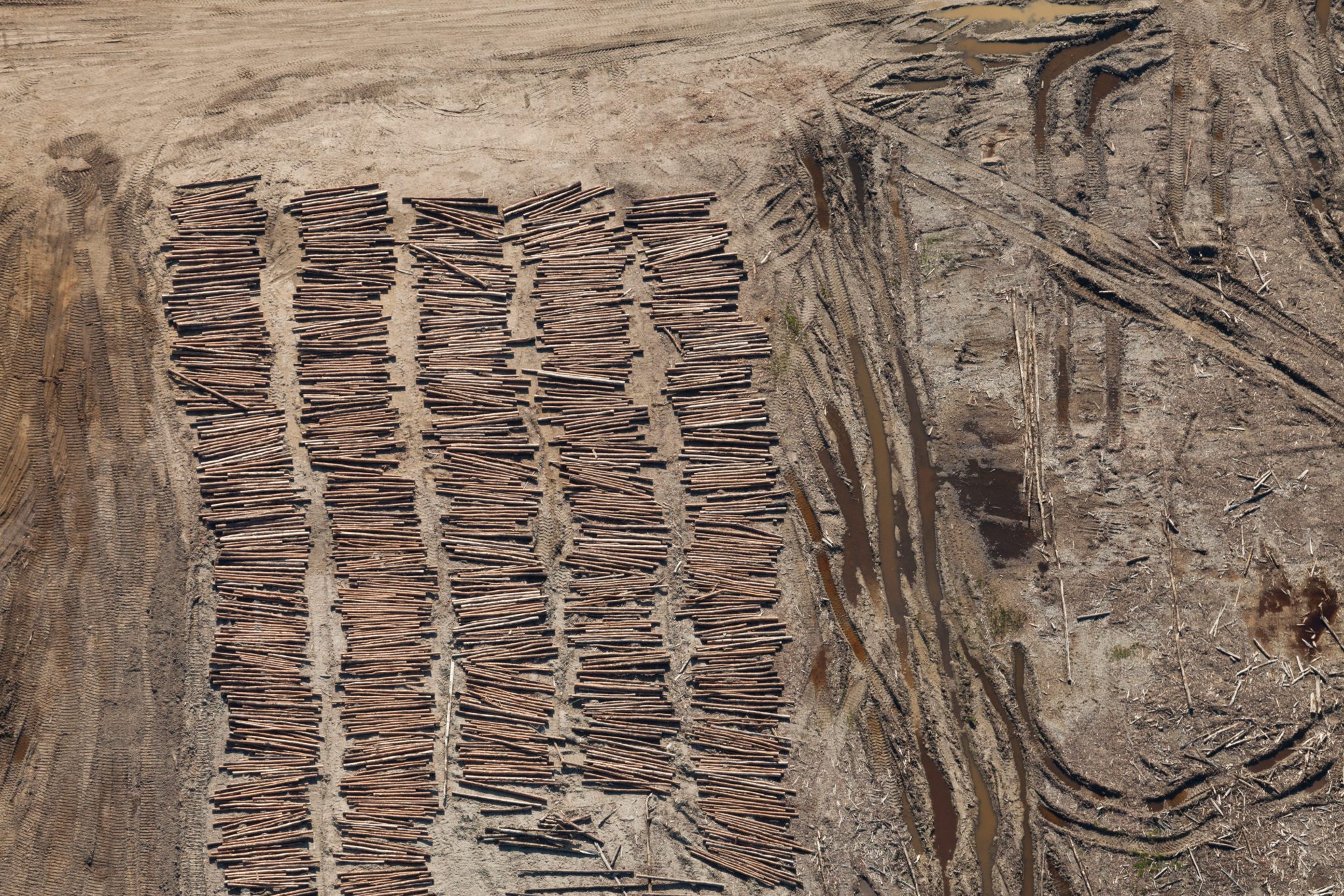Bruised Lands brings together four unique yet interconnected bodies of work by documentary photographer Alan Gignoux: Oil Sands, Monuments, Appalachia, and Russian Rust Belt. Focusing on four locations across Canada, Europe, the US, and Russia, the photographic series document the harvesting of natural resources, and the impact these processes are having on the surrounding environment.
Alan Gignoux has been investigating and documenting the impacts of fossil fuels extraction and metals mining and refining on local communities for the past ten years. His photographs record the way in which local landscapes have been permanently altered to make way for mining, scarred by the infrastructure of the mining industry, and poisoned by pollution of the air, soil, and water. To avoid the catastrophic effects of global warming, all nations will need to work towards a low carbon future by drastically reducing their dependence on fossil fuels and protecting and restoring nature on an unprecedented scale. The window within which we have the possibility of averting climate disaster is closing and we are at a critical moment on which the future of the planet depends. In the words of one of Gignoux’s interviewees, Mike Hudema at Greenpeace in Canada: “The stakes could not be higher in this battle.”














